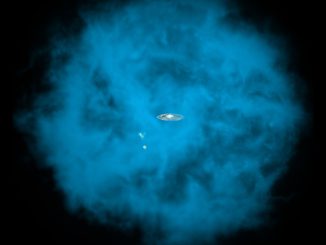
European Space Agency


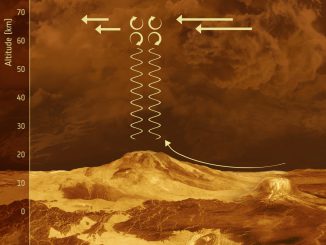
What lies beneath – Venus’ surface revealed through the clouds
Using observations from ESA’s Venus Express satellite, scientists have shown for the first time how weather patterns seen in Venus’ thick cloud layers are directly linked to the topography of the surface below. Rather than acting as a barrier to our observations, Venus’ clouds may offer insight into what lies beneath.
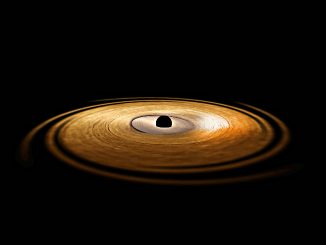
Gravitational vortex provides new way to study matter close to a black hole
The European Space Agency’s orbiting XMM-Newton X-ray observatory has proved the existence of a ‘gravitational vortex’ around a black hole. The discovery, aided by NASA’s NuSTAR mission, solves a mystery that has eluded astronomers for more than 30 years and will allow them to map the behaviour of matter very close to black holes.
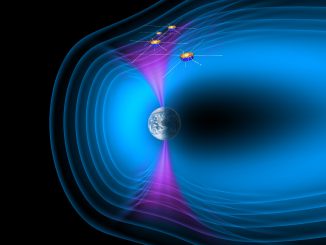
The curious case of Earth’s leaking atmosphere
Overall, about 1 kg of material is escaping our atmosphere every second. Every day, around 90 tonnes of material escapes from our planet’s upper atmosphere and streams out into space. Although missions such as ESA’s Cluster fleet have long been investigating this leakage, there are still many open questions. How and why is Earth losing its atmosphere?
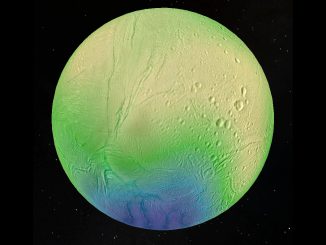
Saturn’s moon Enceladus and its paper-thin crust
Researchers have used data collected by the Cassini spacecraft to build a computer simulation of Saturn’s icy ocean moon Enceladus that includes the thickness of the ice crust. At its south poles, huge geysers of water jet into space. These come from the ocean depths and suggest that the ice there must be relatively thin for this to happen.
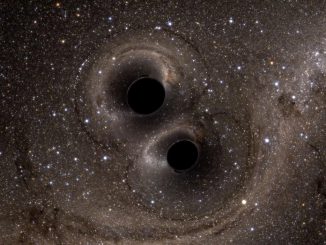
Using gravitational waves to catch runaway intergalactic black holes
Researchers at the University of Cambridge have developed a new method for detecting and measuring one of the most powerful, and most mysterious, events in the universe — a black hole being kicked out of its host galaxy and into intergalactic space at speeds as high as 5,000 kilometres per second (11 million miles per hour).
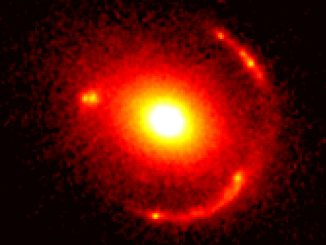
AutoLens steps up for Euclid satellite’s 100,000 gravitational lens challenge
Due for launch in 2020, ESA’s Euclid satellite will set astronomers a huge challenge: to analyse 100,000 strong gravitational lenses. The gravitational deflection of light from distant astronomical sources by interposing massive galaxies can create multiple images of the source that are not just visually stunning, but are also valuable tools for probing our universe.
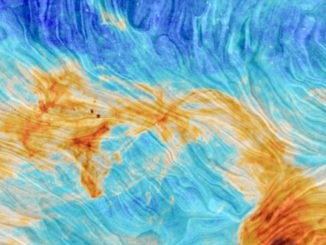
The spider in the loop
This multicoloured swirl of yellow and blue shows a prominent ring of gas near the North Celestial Pole. The pole appears to be fixed in place, while the rest of the night sky slowly circles around it because of Earth’s rotation. This image comes courtesy of ESA’s Planck satellite, which spent years mapping the entire sky in exquisite detail between 2009 and 2013.
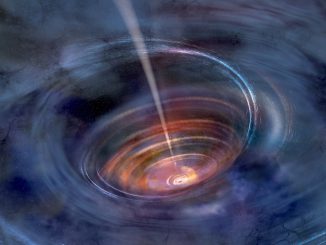
X-ray echoes of a shredded star provide close-up of monster black hole
Some 3.9 billion years ago in the heart of a distant galaxy, the intense tidal pull of a monster black hole shredded a star that passed too close. After X-rays produced in this event first reached Earth on 28 March 2011, scientists concluded that the outburst, now known as Swift J1644+57, also represented the sudden flare-up of a previously inactive black hole.
